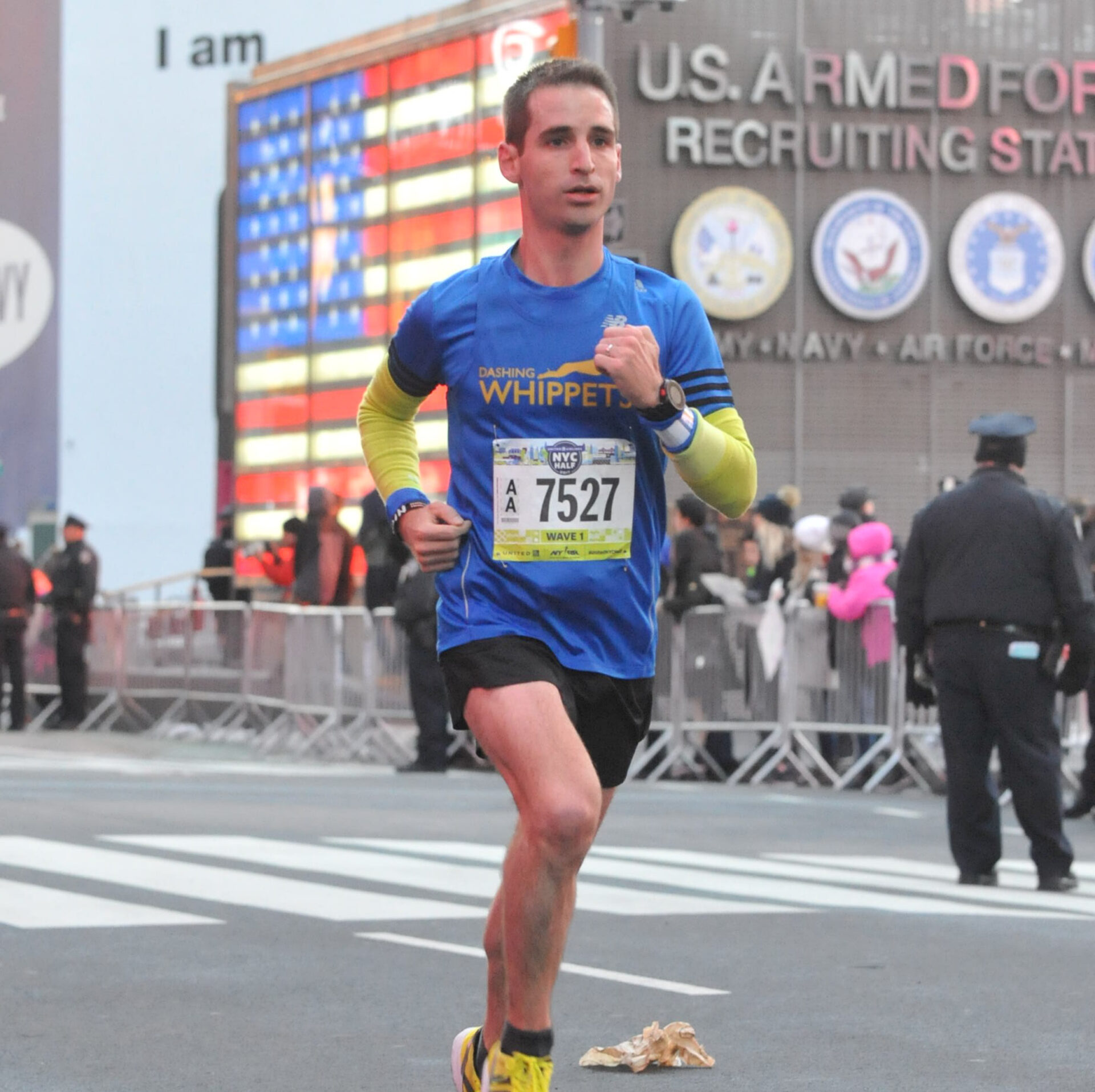In my previous post, Advice for Playing Guitar in an Ensemble, I conveyed my thoughts about playing this instruments, rather it be in a rehearsal, studio or live setting. Now, I’d like to share my thoughts with singers. It’s my hope to further educate singers who don’t necessarily play instruments or hang around with other instrumentalists. In my work as an accompanist, I’ve learned to adjust to the singer. Not that there is anything necessarily wrong with doing this (after all, music is a communal sport). However, I find the reason I adjust is because the singer hasn’t spent enough time focusing on time, tempo and song form when practicing.
When singers rehearse, they shouldn’t focus solely on memorizing the words or working on their tone. Additionally, they need to spend an equal amount of time practicing phrasing with a metronome to not only improve their timing, but to improve and develop a rhythmic vocabulary. Singers need to think like drummers, who specialize in rhythm. Though arguable, one can make a case that the most important element in music comprises of rhythm and groove. Think about it, to the listener with no musical background, the number one aspect that sticks out the most in music is “the beat”.
As an accompanist, I’ve noticed too much flux in tempo for vocalists. They may begin a phrase decently, but in the middle it may speed up or slow down five or even ten clicks in tempo. Though some people have better time than others, I’m not really exaggerating how far some singers speed up or slow down a song. I’ve noticed this much more when a drummer isn’t present in a performance. So, what practical steps can a singer take to fix tempo issues?
When warming up and running through repertoire, simply always have the metronome on. Know how to use the lowest to the highest end of the metronome and most importantly, know how to subdivide different rhythms. Feel as comfortable on the slow and fast settings of the metronome just as much as the moderate settings. With the warmup routine, try to sing as many different types of rhythms as possible. It’s invaluable to have a great rhythm book that’s designed for drummers. For rehearsals and live performance settings, always listen back and react to what the accompanist plays, no matter if it’s on a guitar, piano or kazoo.
Singers must also possess a strong knowledge of not only their own songs, but arrangements of other songs. Rather it’s top 40, indie or jazz, singers must know the form inside and out. Hence, if someone calls Kern and Hammerstein’s “All The Things You Are” at a session, they need to know the 36-bar form just as much as the lyrics, melody and harmonic progression. Studying the original recording is in the singer’s best interest. Moreover, if the singer wants to perform a specific arrangement, they need to communicate this in advance to the accompanist since they may not know these arrangements. Don’t assume anything! Also, the singer needs to specify what key they want to perform in. Though instrumentalists should be able to transpose, it’s helpful to know the key centers ahead of time.
Singers should also spend as much time studying the historical lineage of other singers and songs. This helps not only to develop one’s own aesthetic, but also helps develop vocabulary and a musical style. I urge singers to really dive deep into a genre they love. Backtrack all the way to the origins of the genre. Understand how a style evolved from “back in the day” to the present day. I understand younger people may not like the older stuff compared to the newer stuff, but it seems that artists later in life listen more to older material. It makes sense, especially because it’s much easier to conceptualize a style once one comprehends a historical perspective of music.
